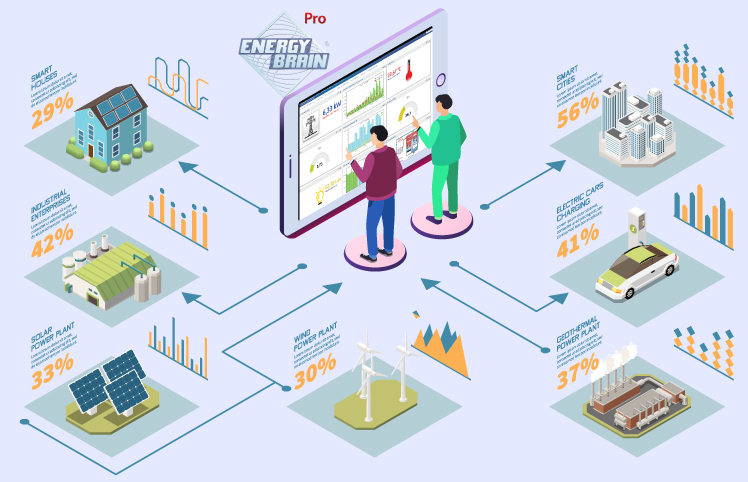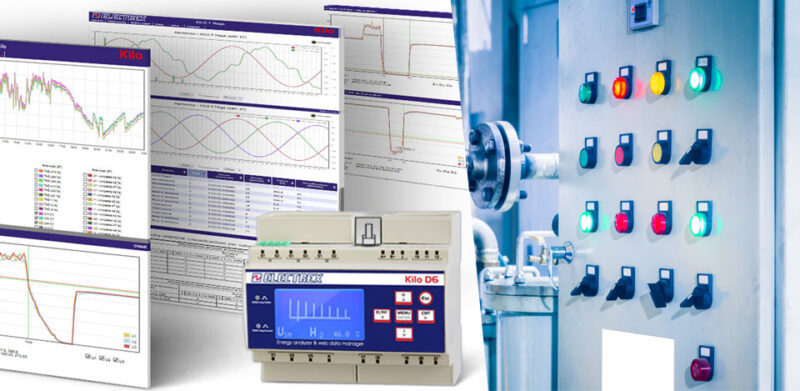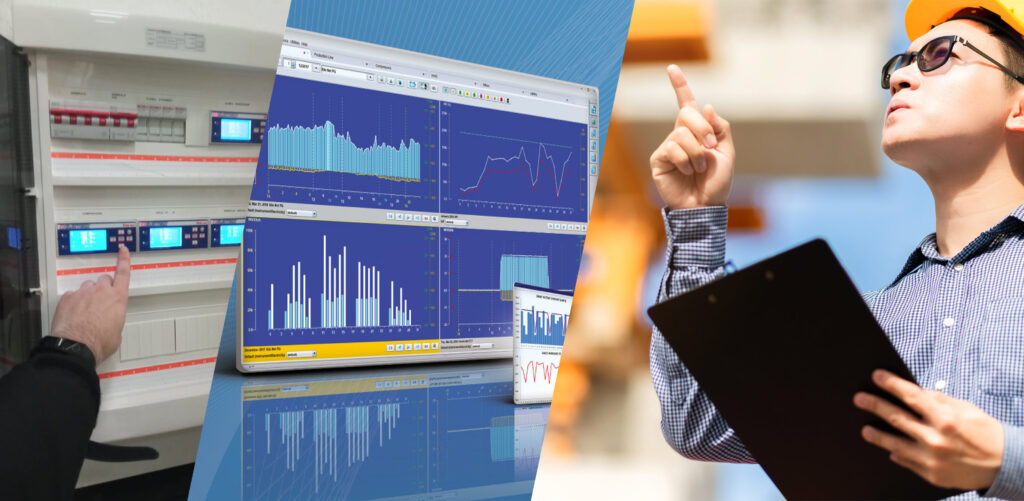Electrification means replacing technologies or processes that use fossil fuels, like internal combustion engines and gas boilers, with electrically-powered equivalents, such as electric vehicles or heat pumps.
This shift is driven by the desire to reduce greenhouse gas emissions, improve energy efficiency, and promote the use of renewable energy sources.
But agreeing on the details of phasing out fossil fuel-powered systems has proven to be an extremely difficult and protracted process.
A few weeks ago Germany passed a “re-dimensioned ban” of Fossil-Fuel Heating Systems. The new law will eradicate only 75% of emissions initially targeted. Source: https://www.cleanenergywire.org/
Why is energy monitoring important for end-use Electrification?
Energy monitoring plays a crucial role in this transition by providing the data and insights needed to optimize energy usage, reduce costs, and support the integration of renewable energy sources. It helps individuals, businesses, and utilities make informed decisions and take actions to achieve their energy and sustainability goals.
Here below are listed some of the areas where Energy Monitoring Systems (EMS) can support your electrification programs.
▶︎ Optimizing Energy Efficiency
Energy monitoring allows for the measurement and analysis of electricity consumption patterns in different applications. By closely monitoring energy usage, organizations and individuals can identify areas where energy efficiency can be improved. This optimization is critical for ensuring that the electrification process is as energy-efficient as possible.
▶︎ Cost Management
Electrification often involves significant infrastructure changes and the use of electric-powered equipment or vehicles. Energy monitoring helps individuals and organizations track their electricity consumption and associated costs, enabling better budgeting and cost management.
▶︎ Load Balancing
In an electrified system, there can be fluctuations in electricity demand, especially during peak periods. Energy monitoring helps manage these fluctuations by providing real-time data on energy consumption, enabling load balancing and peak demand management strategies.
▶︎ Infrastructure Planning
Electrification may require upgrading electrical infrastructure to handle increased demand. Energy monitoring can provide insights into future electricity needs, helping utility providers and businesses plan for necessary infrastructure improvements.
▶︎ Renewable Energy Integration
As electrification often aligns with the use of renewable energy sources like solar and wind, energy monitoring is crucial for tracking the generation and consumption of renewable energy. This information aids in maximizing the use of clean energy and reducing reliance on fossil fuels.
▶︎ Carbon Footprint Reduction
Electrification is often seen as a means to reduce carbon emissions. Energy monitoring allows for the quantification of energy-related carbon emissions, helping organizations and individuals track their progress toward reducing their carbon footprint.
▶︎ Maintenance and Reliability
For electrified systems, especially in industrial settings, monitoring the health and performance of electrical equipment is vital. Energy monitoring can provide early warnings of equipment issues, reducing downtime and maintenance costs.
▶︎ Compliance and Reporting
Many regions have regulations and reporting requirements related to energy consumption and emissions. Energy monitoring systems help organizations gather and report accurate data to ensure compliance with environmental and energy efficiency regulations.
▶︎ Grid Management
As electrification increases, there is a need for better management of the electrical grid. Energy monitoring can provide valuable data to grid operators to ensure stability and reliability.
Electrex Monitoring and Management Solutions can support you in managing the Electrification program
The Electrex Monitoring and Management Solutions make your manufacturing plant or building accessible for the actual and future developments related to energy transition.
▶︎ Our solutions are used in Energy Efficiency and Energy Automation applications, in industrial, commercial, residential, public buildings, and renewable energy systems (PV, Wind, Batteries, etc.) and allow a return on investment in a short time.
▶︎ They are the ideal solution for energy audits, continuous monitoring (e.g. ISO 50001), and for energy efficiency projects (e.g. EU Directive 2018/2002 and White Certificates or Energy Efficiency Certificates, Directive 2018/844 / EU – the Energy Performance of Buildings Directive and LEED certification).
The Electrex systems are modular and can expand over time thanks to the multiple connection possibilities of the devices: Ethernet, Wi-Fi, RS485, E-Wi, WM-Bus, ExpBus, and NFC.
With a single system (with data synchronization) it is possible to monitor and manage all the energy vectors (electricity, gas, water, etc.), the environmental parameters related to them (temperature, humidity, luminosity, CO2, etc.) the process parameters (compressed air, calories, level, status, etc.), and the operating times.




